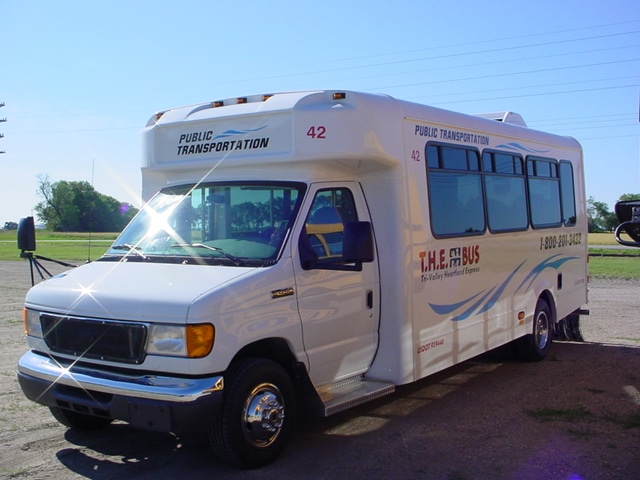A pre-Thanksgiving cold snap means some lakes and ponds across Minnesota are beginning to freeze. However, this ice isn’t safe to walk on, and the water underneath is dangerously cold.
The Minnesota Department of Natural Resources reminds everyone to be extremely cautious around the water and, with children home for Thanksgiving break, to talk with them about the risks of cold water and ice.
While ice is never 100% safe, ice in the early stages of formation is particularly dangerous. Falls through the ice or into open water at this time of year can turn tragic quickly, resulting in serious injuries or deaths each year.
Parents and guardians need to be especially vigilant about watching kids and ensuring children’s innate curiosity about the water and ice doesn’t put them at risk.
“Kids, and people who haven’t experienced winter in Minnesota, may not have enough knowledge to mitigate the risks associated with cold water and early ice,” said Col. Rodmen Smith, DNR Enforcement Division director. “Talk to your kids, talk to your neighbors—we all have a role to play in keeping people safe as the winter season gets underway.”
Anyone who recreates on the ice should wait until there are at least 4 inches of new, clear ice before walking out onto it. Other tips for staying safe around cold water and on the ice include:
- Wearing a foam life jacket or flotation suit.
- Not going out alone—and letting someone know about trip plans and expected return time.
- Carrying ice picks, rope, an ice chisel, and tape measure.
- Checking ice thickness at regular intervals; conditions can change quickly.
- Bringing a cell phone or personal locator beacon.
- Inquiring about conditions and known hazards with local experts before heading out.
For more information about staying safe on the ice, including thickness recommendations for various types of activities, see the DNR’s ice safety page (mndnr.gov/icesafety). For more information about surviving a fall into cold water, see the cold water dangers page (mndnr.gov/coldwater).





